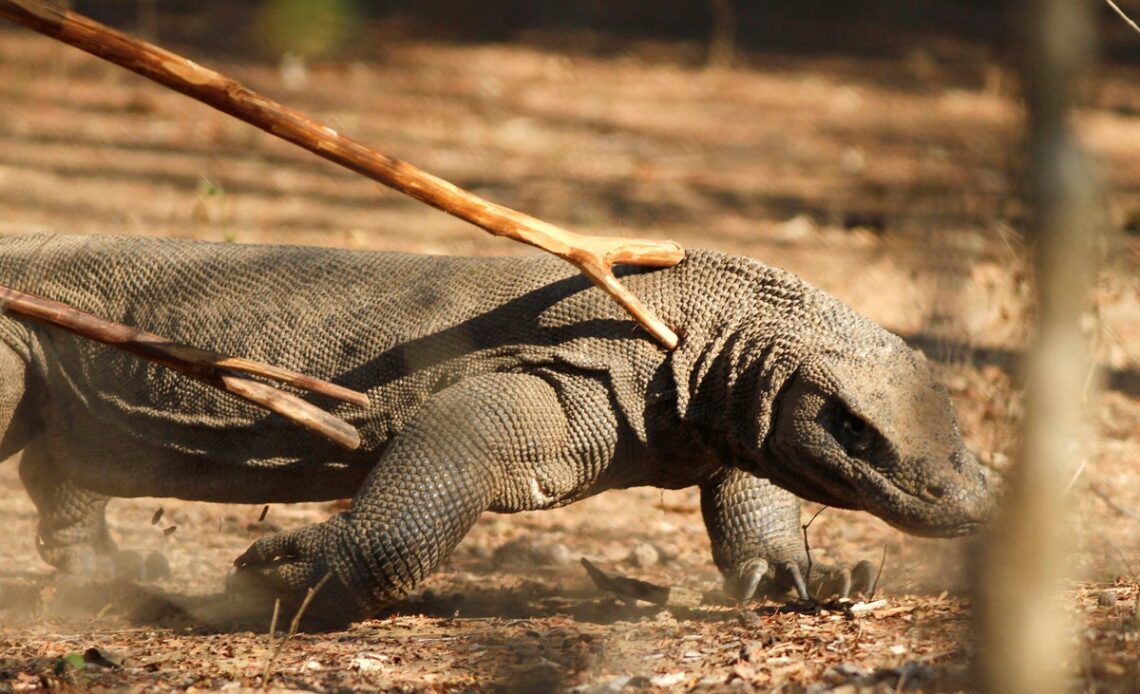Workers of tourism companies in Indonesia launched a strike a day after authorities imposed a dramatic surge in ticket prices to view the country’s famous Komodo dragons, sparking fears of losses.
Indonesia has around 3,300 rare Komodo dragons, one of the world’s largest lizards which can grow up to 3m (10ft) in length.
These lizards, which can kill large prey with a single venomous bite, attract millions of tourists all year round.
But government officials on Monday said the prices of tickets for the main islands that are a part of the Komodo national park would be increased by 18 times more to 3.75 million rupiah (£206.6), a move local workers have said could backfire and discourage tourists.
The revised park fees became applicable on the same day.
The government explained that charging more could help them preserve the habitat of the endemic reptile, but tourism stakeholders and activists have urged officials to roll back the move which could hurt local communities reliant on the sector.
Tour guide Leo Embo, participating in the strike, warned the direct hit to their income and the losses could impact them drastically.
“This has caused uncertainty among us. We decided to go on strike even when we’re suffering from a loss here… this might as well be suicide,” said Mr Embo, one of the 24 local workers association demonstrating against the government’s move.
The move comes shortly after an earlier decision to restrict the number of visitors to the park to 200,000 annually earlier this month.
On Tuesday, visuals from the local KompasTV showed an altercation between demonstrators and police officials at the site of the strike. Dozens of protestors had been arrested, according to the local reports.
Four-month-old juvenile Komodo dragons, hatched in captivity as part of a breeding programme for the endangered lizard, are seen in their enclosure
(AFP via Getty Images)
Indonesian tourism minister Sandiaga Uno said the administration is taking stock of the situation and urged protesting workers to engage with the government.
A Unesco world heritage site, the national park situated in Indonesia’s southernmost province of East Nusa Tenggara spreads across three main islands called Komodo, Rinca and Padar along with 26 smaller islands.
The islands saw nearly 222,000 visitors in 2019 before the pandemic struck, following which the park suffered from low footfall for two years.
Only about a quarter of people annually have visited the islands in the following…
Click Here to Read the Full Original Article at The Independent Travel…
